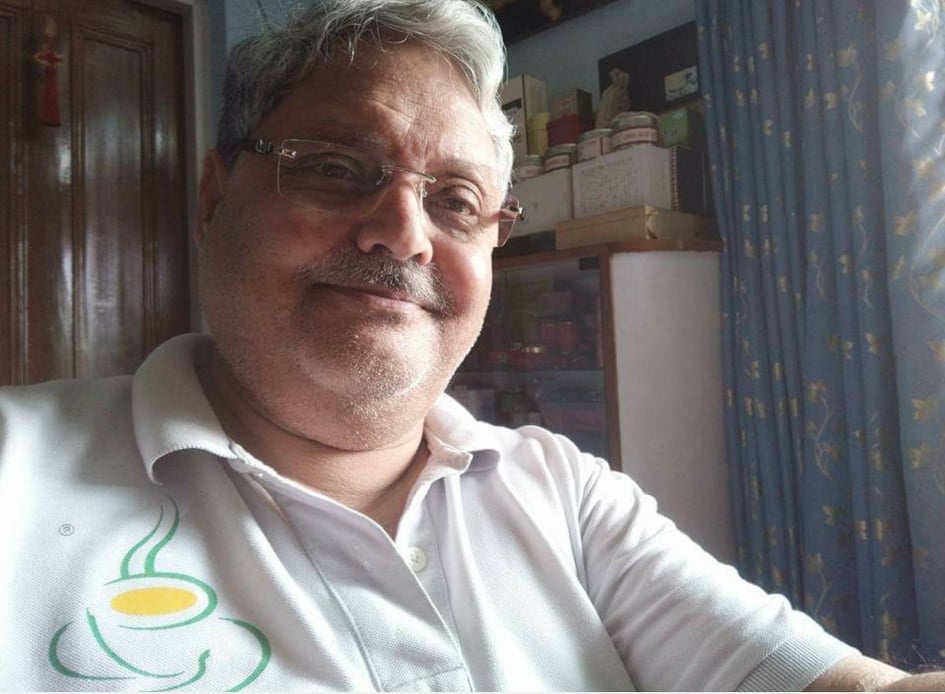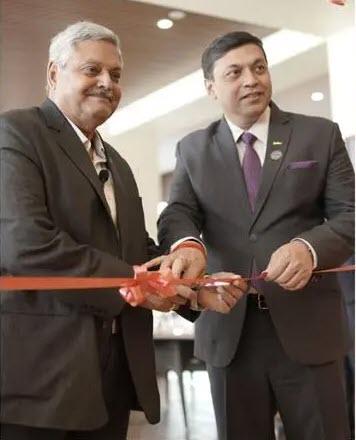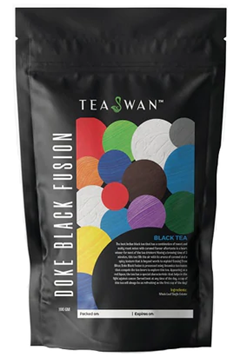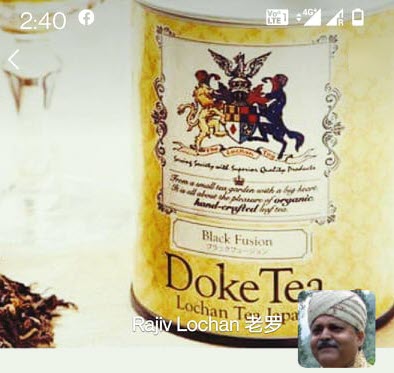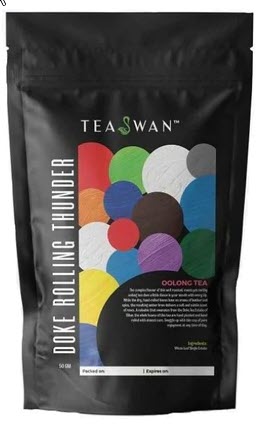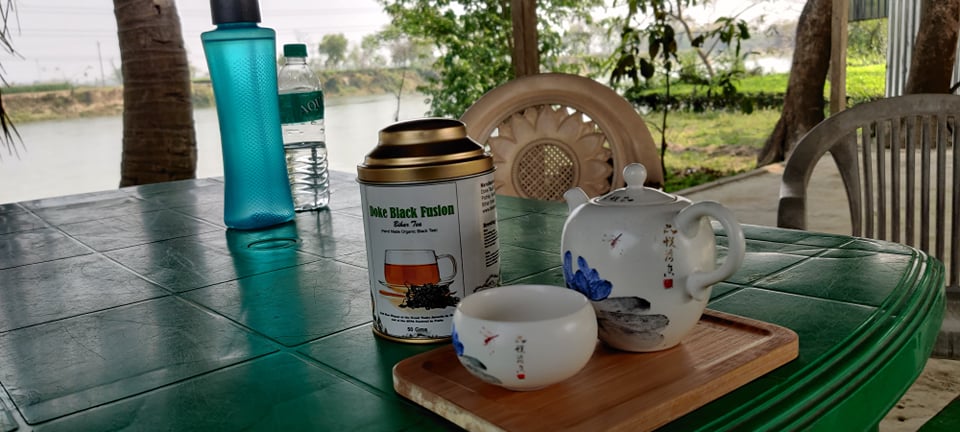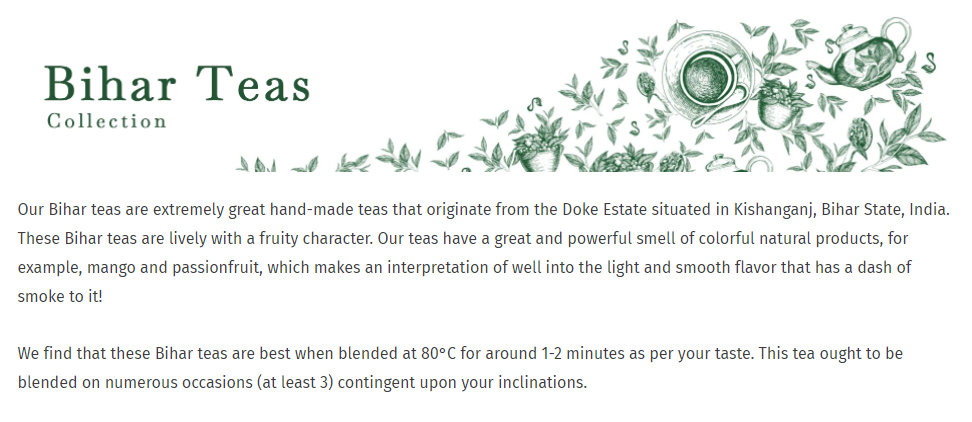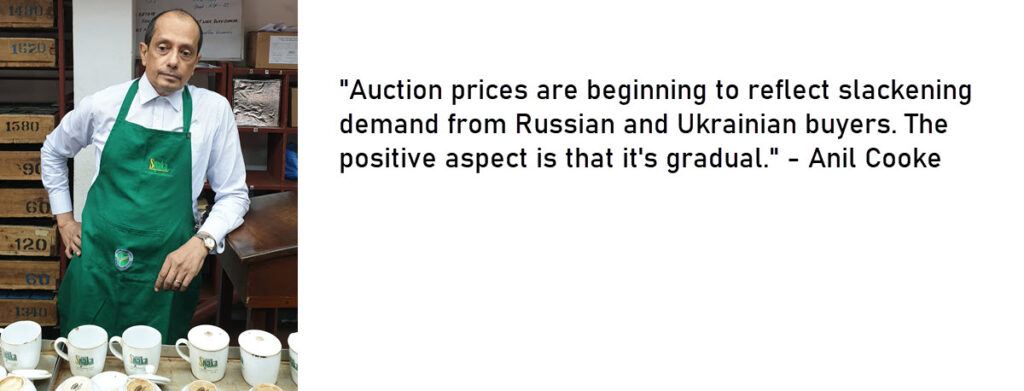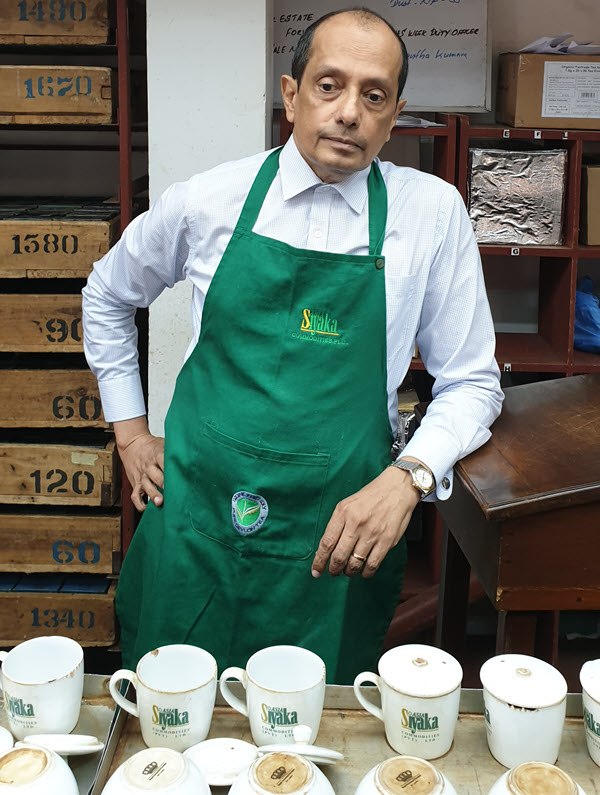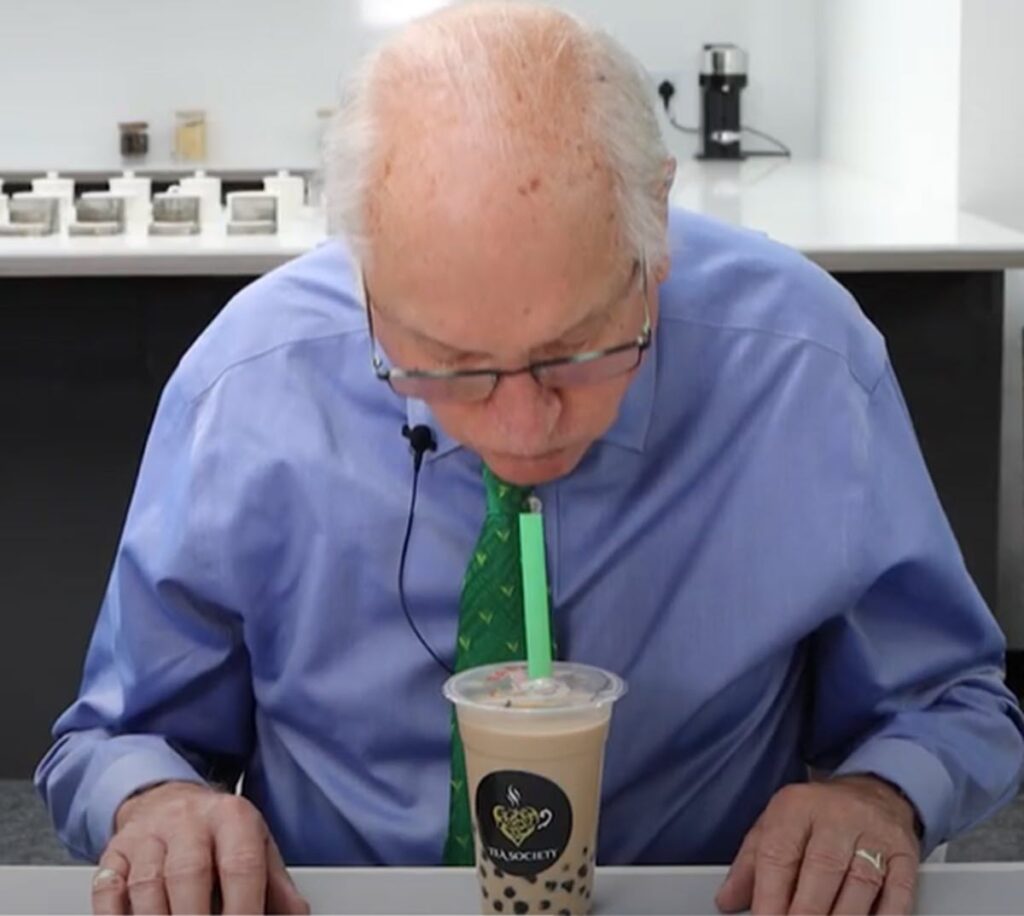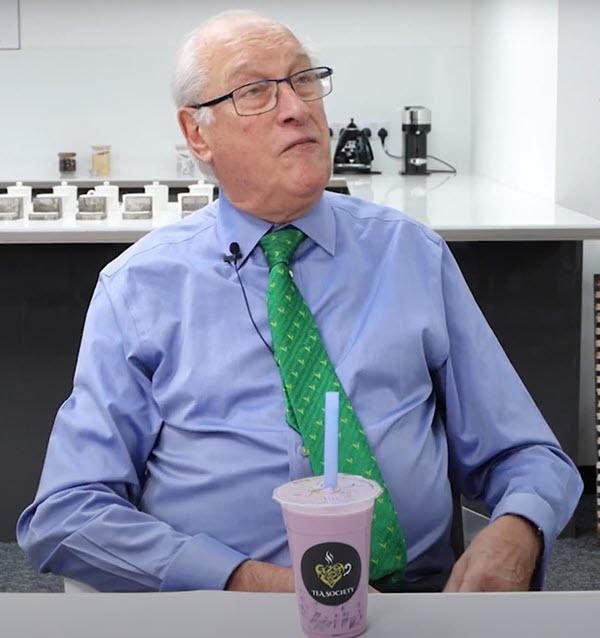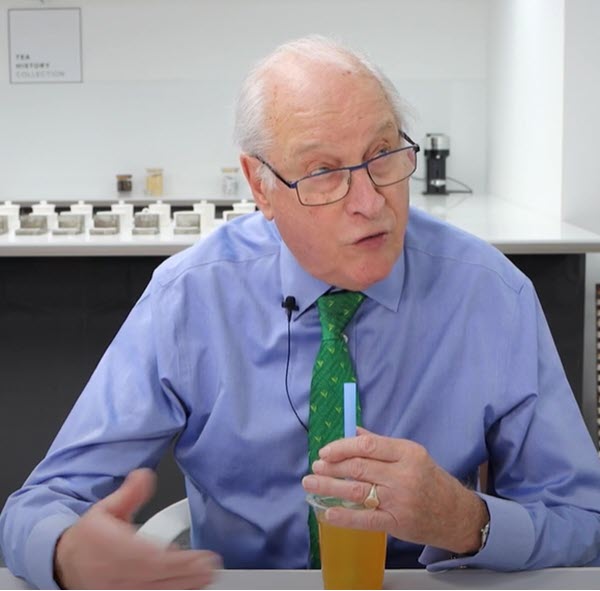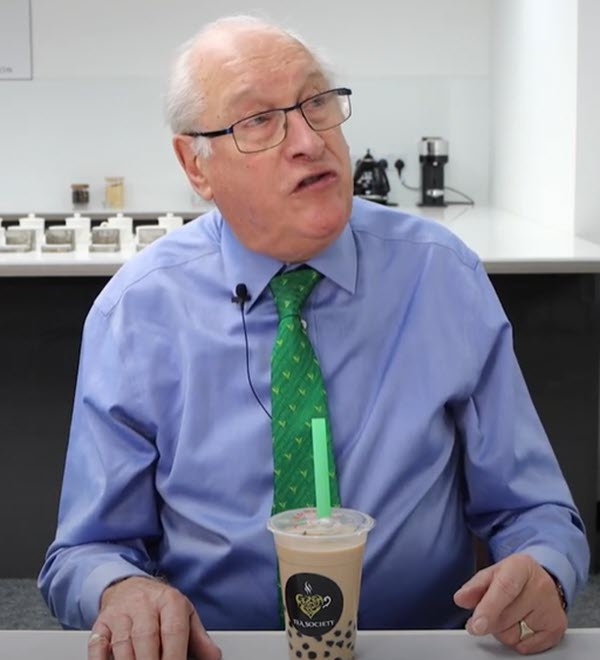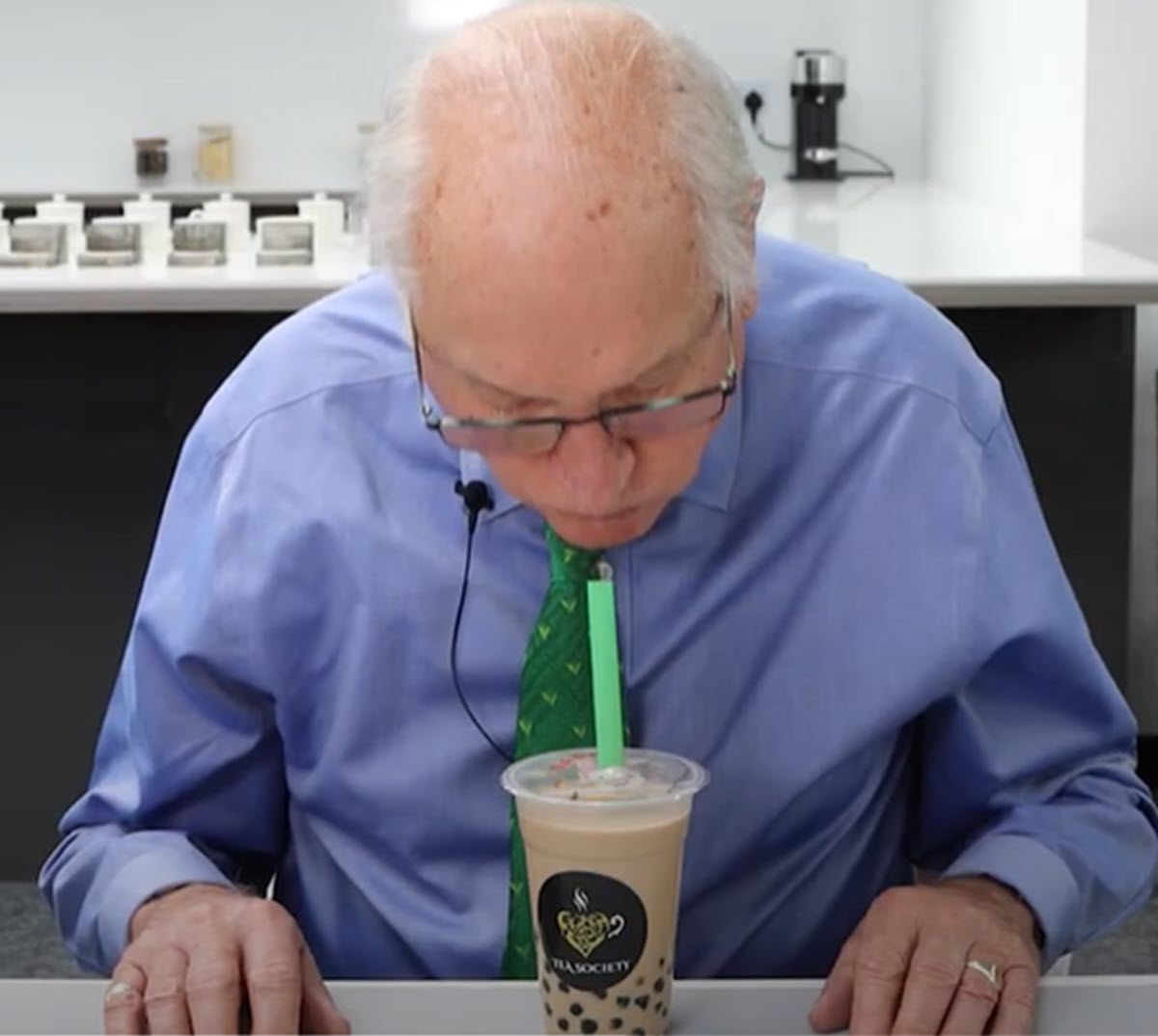The Guinness Book of World Records has certified a May 2021 tea break on Mt. Everest as the highest tea party in history.
Climber Andrew Hughes, who organized the high-altitude tea break, writes that “tea already was interwoven into life on an Everest expedition. From the tea houses and lodges where we stayed along the trek to the countless hours spent with one another with a warm cup of tea in hand awaiting weather windows to climb onwards – tea is something that we shared so regularly that it is impossible to detach it from the overall Everest experience.”
- Caption: Andrew Hughes hosts a tea party at 21,312 feet
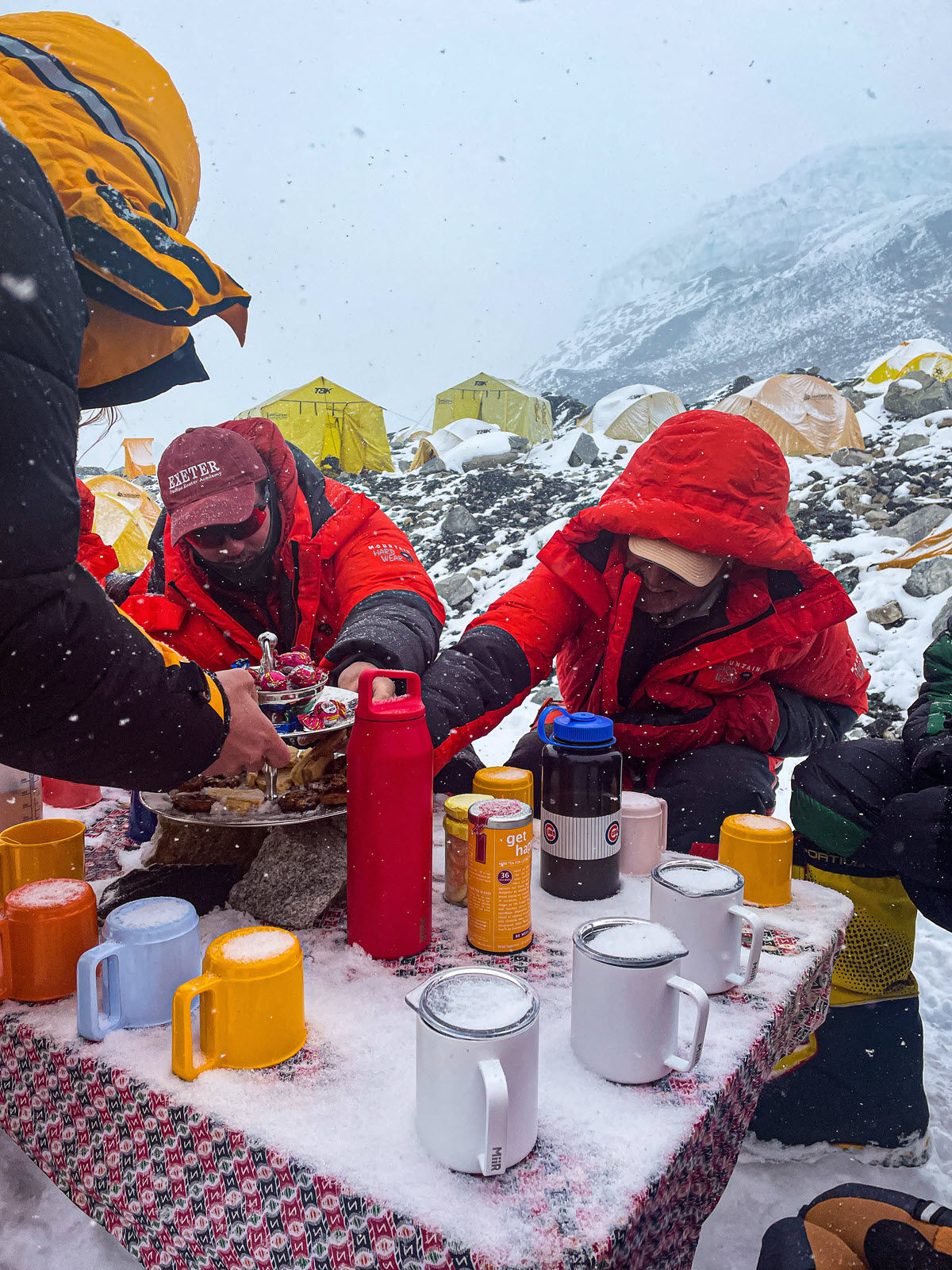
Tea Offers Climbers Many Practical Advantages
By Roopak Goswami
On May 5, 2021, 15 climbers joined Andrew Hughes at Everest Base Camp No. 2, to enjoy Nepali milk tea with ginger and dainties at an altitude of 6,496 meters (21,213 feet). The team carried both packet and loose leaf teas including peppermint to aid digestion and chamomile to aid sleep. Climbers witnessed first-hand the effect of low atmospheric pressure which speeds boiling. Achieving a roiling boil at sea level occurs at 100 degrees Celsius. Above 20,000 feet water boils at less than 80 degrees centigrade, about 175 degrees Fahrenheit.
For Andrew Hughes, tea is woven throughout cultures and history. It is a drink both unique and universal, which he finds beautiful to celebrate.
Hughes and his team* are proud to learn the Guinness Book of World Records officially recognized their Mt. Everest tea party as the highest in history at 6,496 meters. The names of participants are now listed as record holders for participating in Hughes’ Highest Party Team on Mount Everest Camp 2, Nepal, on May 5, 2021.
Andrew has completed the Seven Summits (ascending the highest mountains on each continent) and six of the Seven Volcanic Summits (climbing the highest volcanoes on each continent). His next goal is the Explorers’ Grand Slam; a quest delayed until April 2023 after the 2022 climbing season was canceled due to the war in Ukraine – the Grand Slam is a feat fewer than 70 adventurers have ever achieved.
“It would be an honor to become an ambassador to promote tea if somebody gives me such a role,” he says.
“Tea already was interwoven into life on an Everest expedition,” he said. “From the tea houses and lodges where we stayed along the trek, to the countless hours spent with one another with a warm cup of tea in hand awaiting weather windows to climb onwards — tea is something that we shared so regularly that it is impossible to detach it from the overall Everest experience,” he said.
Recounting the experience, Hughes recalled that the tea party, “felt like a natural celebration to organize, allowing us to celebrate one another with gratitude for this opportunity to be together in this special place with so many special people from around the world.”
He took three different packet teas on the adventure. “I chose packet for several reasons over loose-leaf, but the primary one is packability up the mountain and its durability to keep it wrapped up and dry from the elements. We do use loose leaf tea while at base camp as we have more means to make large quantities of tea,” he said.
“Often each day while at base camp, we consume over a dozen large containers of Nepali milk tea and ginger tea,” he says.
For his tea party, Hughes served the following from the Republic of Tea:
Get Heart Herb Tea for Cardio Health
Organic Immunity SuperGreen Tea Bags
Get Happy Herb Tea for Lifting your Spirits
“I chose these to help us combat some of the ravages of high altitude,” he says.
It is intriguing to boil water at a high altitude, he noted. The lower atmospheric pressure means that water boils at a much lower temperature [80 Celsius, about 175 degrees Fahrenheit], but contrary to the common belief that cooking is quicker, cooking food takes longer at altitude.
Hughes said there were a dozen international climbers, a handful of international guides, and a remarkable team of local high altitude mountain climbers and support staff from Nepal who made possible his dream of an Everest summit, including this record.
“I organized two tea parties during the Everest season. The first was to celebrate and thank the incredible Everest Base Camp Nepalese team who make camp function and the outstanding Nepalese climbers on our team. The original goal was to have this be the record-setting tea party, but after a long search, it was impossible to find an altitude high enough at base camp to set a new mark,” he said.
“We celebrated all the same at what was at that time the time the second-highest tea party. I then set about organizing the new record-setting tea party at Camp 2 on Everest at the end of our second rotation on the mountain,” he says.
Andrew recommends that people who ascend high altitude peaks take along tea.
“There are numerous practical reasons why incorporating tea into your kit to carry up the mountain with you is valuable. The first is that a warm drink uses less energy for your body and aids in hydration up high,” he says.
“Climbers brought with them a variety of teas, such as peppermint or ginger to aid in stomach issues that often occur at high altitude or chamomile to reduce stress and aid in trying to steal some sleep amidst the stormy nights. Black or green teas with caffeine can often help mitigate some of the symptoms of altitude sickness, like headaches,” he says.
“Tea already was interwoven into life on an Everest expedition. From the tea houses and lodges where we stayed along the trek to the countless hours spent with one another with a warm cup of tea in hand awaiting weather windows to climb onwards.”
– Andrew Hughes

*Guinness lists the following participants: Andrew Hughes, Ronan Murphy, Kristin Bennett, Garrett Madison, Sid Pattison, Robert Smith, Art Muir, Helen Cokie Berenyi, Krisli Melesk, Ben Veres, Kevin Walsh, Kristin Harila, Mark Pattison, Rick Irvine, James Walker.
Related
Link to share this post with your colleagues
Signup and receive Tea Biz weekly in your inbox.


